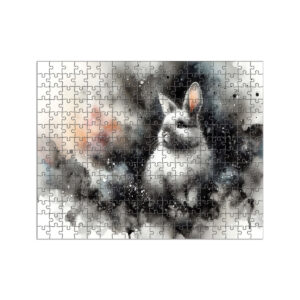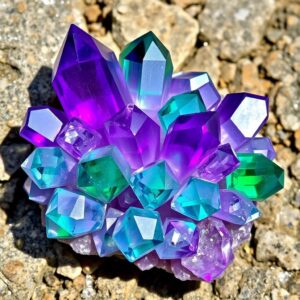
Explore & Play
Discover interesting topics and solve the accompanying crossword puzzle.
Rock crossword: Exploring the Fascinating World of Rocks
Table of Contents
Rock crossword
You can either fill in the crossword puzzle directly on this page or click the button in the bottom right corner to print it for free.
——————————————
Exploring the Fascinating World of Rocks: From Granite to Obsidian
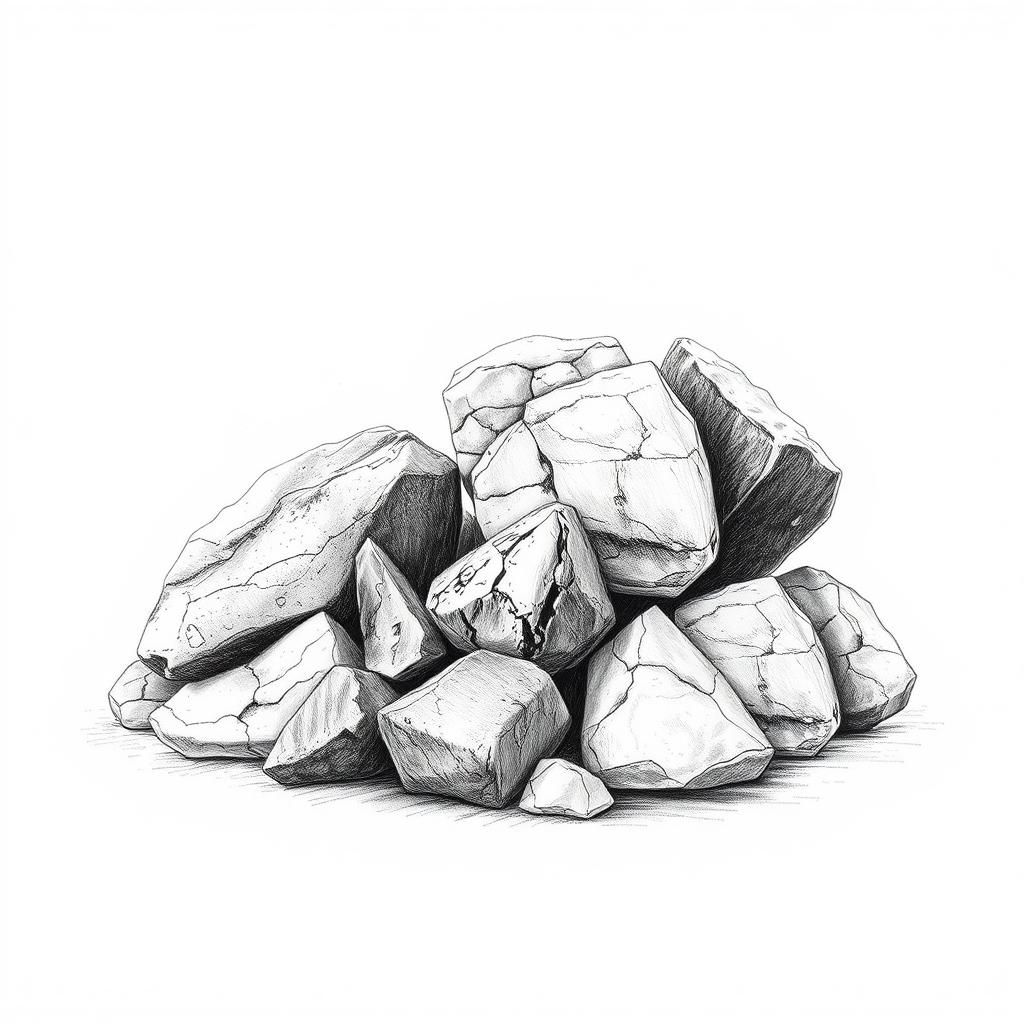
Introduction
Picture stepping outside your front door. Beneath your feet lies a world forged over millions of years—solid, silent, and endlessly fascinating. Rocks are more than just the ground we walk on; they are the storytellers of Earth’s history, each one a page etched in stone.
At its simplest, a rock is a solid mass made up of minerals. But look closer, and you’ll find layers of meaning: rocks reveal how our planet has breathed, shifted, and transformed. They build our cities, carve our landscapes, and even inspire our art. From the coarse strength of granite to the glassy sharpness of obsidian, rocks connect the vast timeline of Earth to our everyday lives.
This journey will introduce you to ten remarkable rocks—Granite, Basalt, Sandstone, Limestone, Marble, Shale, Obsidian, Pumice, Slate, and Quartz. Each carries its own tale of fiery beginnings, patient pressure, or quiet sedimentation. Together, they form the foundation not just of the Earth beneath us, but of cultures and crafts that span centuries. So let’s start walking, with an open eye and a curious heart, into the fascinating world beneath our feet.
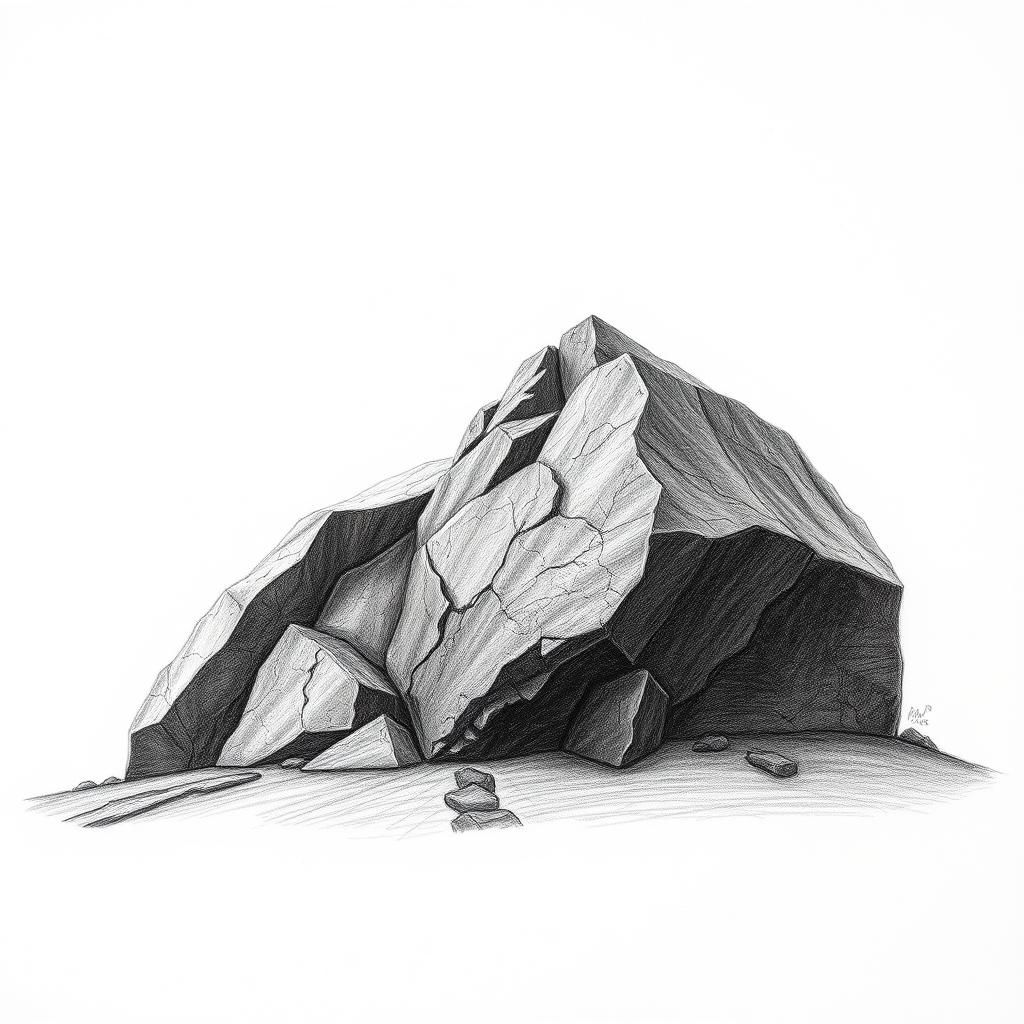
Granite and Basalt: Foundations of the Earth’s Crust
Step outside for a moment and look down—chances are, beneath your feet lies either granite or basalt. These two rocks might seem ordinary at a glance, but they tell a story as old as Earth itself. Granite, with its coarse grains and flecks of quartz and feldspar, forms deep underground from slowly cooled magma. It’s the patient master builder, crystallizing over thousands of years into a sturdy, speckled stone. Basalt, on the other hand, is the quick finisher. It bursts from volcanic eruptions, cooling rapidly on the surface, resulting in a fine-grained, dark rock that’s as tough as it is abundant.
Granite’s strength and resistance to weathering make it a favorite for everything from kitchen countertops to iconic monuments. You can almost feel the weight of history when running your hand over the cool, polished surface—each grain a tiny chapter crafted in Earth’s quiet furnace. Basalt’s fine texture and durability suit it well for roads and building foundations, a practical reminder of fiery forces shaping the crust beneath us.
Together, granite and basalt frame the Earth’s outer shell. Scientists study these rocks not just for their physical properties but to unravel Earth’s volcanic temperament and tectonic dance. They are more than building blocks—they are geological textbooks written in stone, anchoring our present in the depths of time.
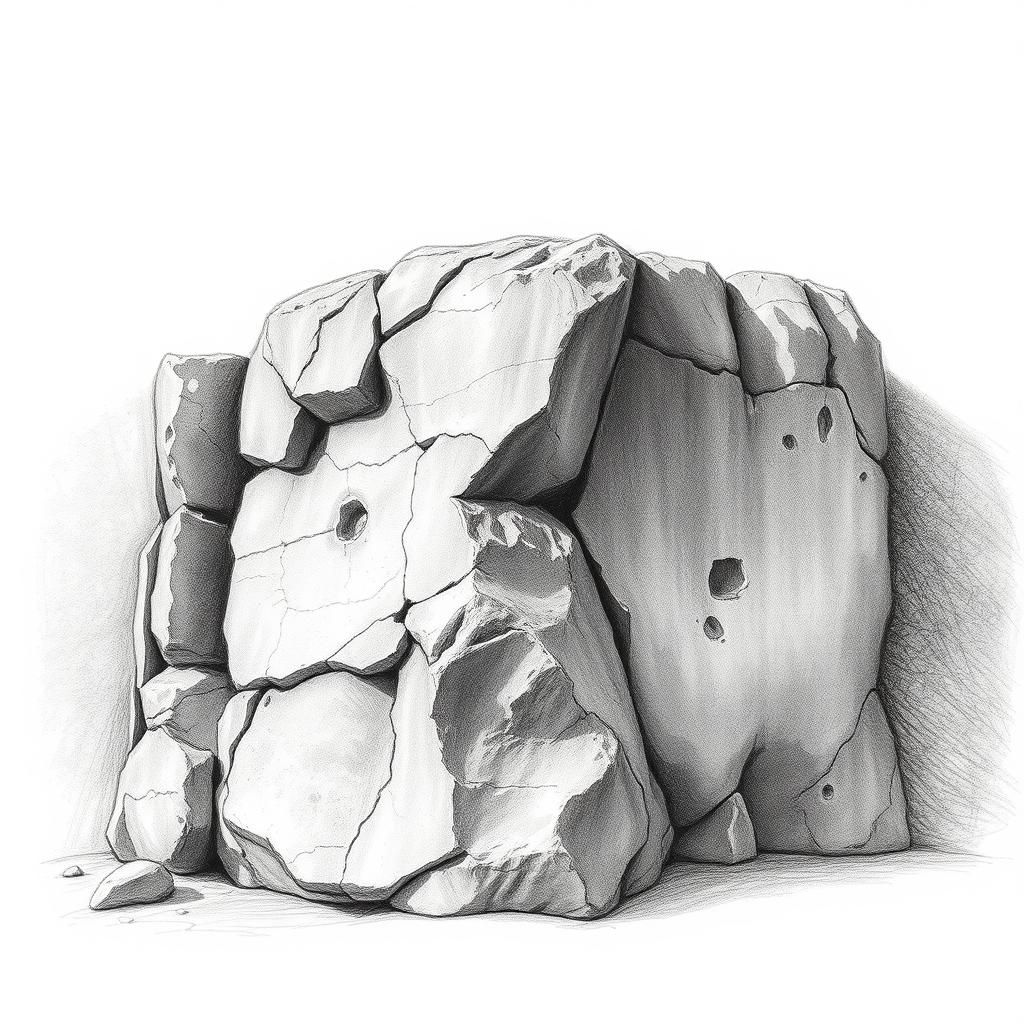
Sandstone and Limestone: Nature’s Building Blocks
Step into any old town or historic city, and you’re likely walking on or past sandstone and limestone—two rock types that have quietly shaped human shelter for millennia. Both come from sediment, but their journeys and textures tell very different stories.
Sandstone forms when sand grains settle and cement together over time, often in riverbeds or deserts. Its grains make it porous, like a natural sponge, which means it breathes and ages differently depending on the climate. Limestone, on the other hand, mostly originates from ancient marine life. Over millions of years, shells and skeletal fragments compact into a smoother, denser rock—less porous but just as enduring. This origin gives limestone that soft, almost creamy look, often mistaken for marble but softer and more vulnerable to weather.
A common myth is that sandstone wears away faster than limestone, making it less durable for buildings. But it’s not that simple: durability depends on the specific type and environment. Some sandstone varieties have stood for centuries, while certain limestones crumble under acid rain. Builders and homeowners need to know this because using the wrong stone for their local climate can lead to costly repairs down the road.
Practically, both have earned a place in architecture worldwide. Sandstone’s warm hues and grainy texture bring a rustic charm to facades and pavements, while limestone’s smooth surface and pale shade lend elegance to grand buildings and statues. From the grand cathedrals of Europe to humble countryside cottages, these stones connect us to nature’s timeline—and remind us that even the most ordinary rocks hold stories worth telling.
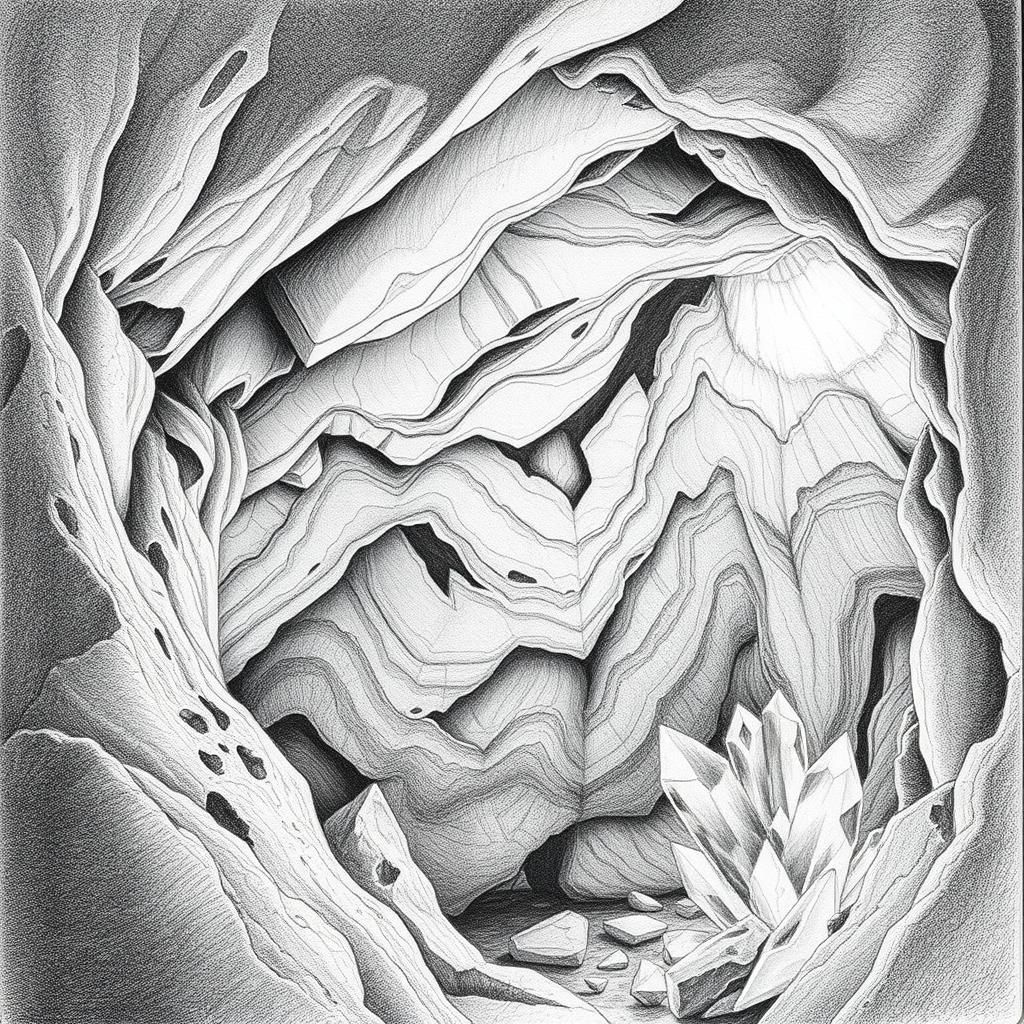
Marble and Quartz: Beauty in Art and Architecture
Step into any grand cathedral, museum, or even a sleek modern kitchen, and you’re likely to encounter the quiet elegance of marble or the sparkling allure of quartz. These two rocks, born of very different journeys, have captured human imagination for centuries — not just for their looks, but for the stories they carry in every vein and crystal.
Marble begins its life as limestone, patiently transformed deep underground through heat and pressure. Imagine layers of ancient sea beds, slowly altered over millennia into smooth, dense stone that artists prize for its softness and subtle, glowing veins. This slow metamorphosis breathes life into marble, making it not just a rock, but a canvas for human creativity. From Michelangelo’s “David” chiseling that perfect curve to ornate floors reflecting soft candlelight, marble’s beauty feels timeless and tactile, as if each slab holds whispers of the Earth’s past.
Quartz, on the other hand, crystalizes from molten rock or silica-rich waters, forming one of the planet’s most abundant minerals. Unlike marble’s muted elegance, quartz dazzles with a natural sparkle, its hexagonal crystals catching light like shards of frozen sunlight. Quartz’s durability and range—from clear to smoky, rose to amethyst—make it a favorite not only in jewelry but also in architectural accents that demand both strength and style. Its formation speaks to dynamic earth processes: slow cooling, mineral-rich fluids, and constant change, creating a mineral that’s as versatile as it is beautiful.
Here’s a quick glance: marble has graced some of the world’s most iconic sculptures and buildings, symbolizing luxury and permanence. Quartz isn’t far behind—its subtle glow and hardness have made it a staple in everything from countertops to smartphone screens, linking ancient geology with modern life.
Today, artists and architects continue to push the limits, blending tradition with innovation. Marble floors still welcome the footsteps of visitors in museums and palaces, while quartz countertops lend kitchens a touch of natural brilliance and resilience. Together, they remind us that the Earth’s slow, patient crafting of stone plays a starring role in human culture—from stone-carved stories of the past to the sleek designs shaping our future.
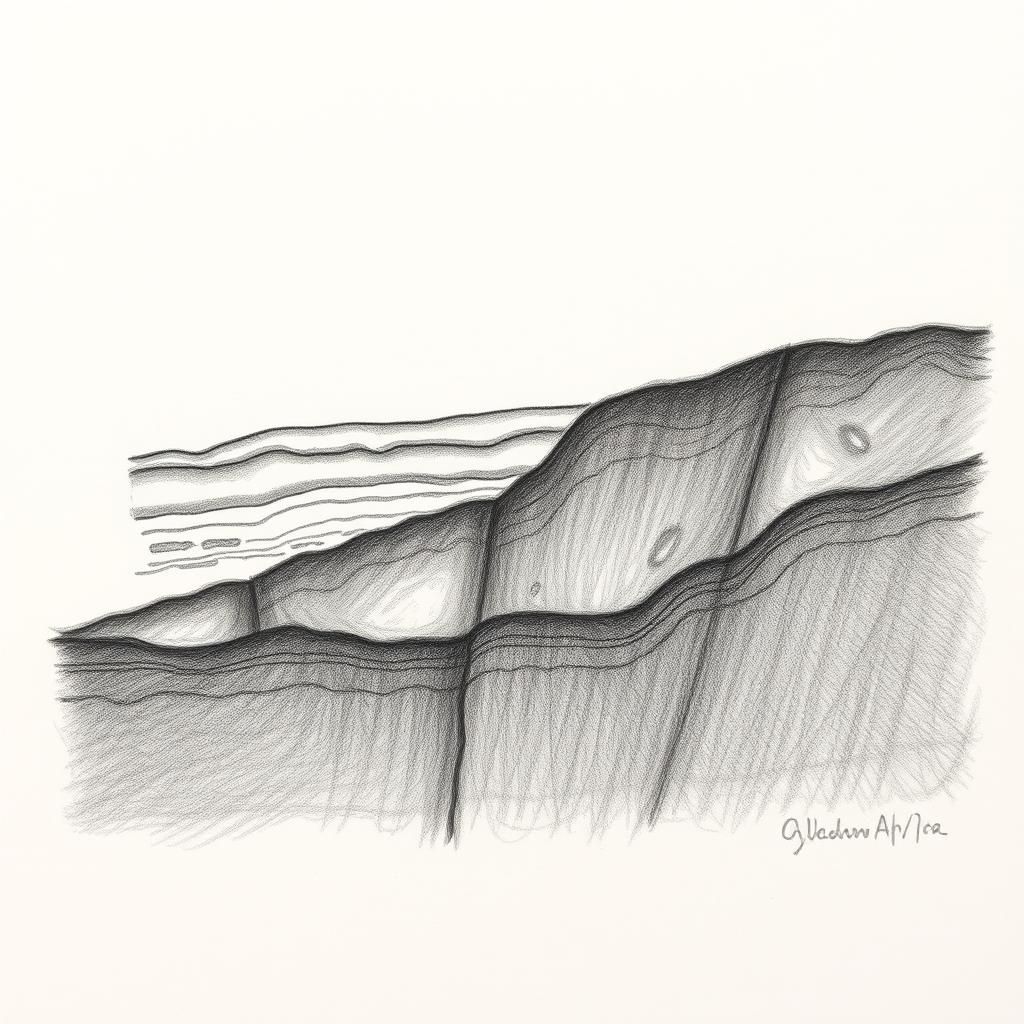
Shale and Slate: Transformation Under Pressure
Picture a quiet riverbed where tiny particles of mud and clay settle slowly after a rainstorm. Over countless years, these layers compress under their own weight, pressing tighter and tighter until they harden into shale—a humble rock made from the earth’s softest whispers. But shale’s story doesn’t end there. Give it time, heat, and pressure deep within the Earth’s crust, and it begins a transformation as striking as a simple seed turning into a towering tree. Through this slow metamorphosis, shale becomes slate—a denser, tougher rock with a smooth, refined surface that’s as practical as it is beautiful.
Slate’s hallmark is its graceful layers, which split with almost surgical precision. This makes it an ideal material for roofing and flooring, where durability meets understated elegance. For centuries, slate tiles have weathered storms and stood the test of time, their dark, muted tones adding quiet character to homes and public buildings alike. Beyond construction, artists have long prized slate for its smooth canvas, perfect for carving chalkboards or crafting decorative plaques.
The journey from soft shale to resilient slate is a compelling reminder of how nature’s quiet forces sculpt materials that shape our daily lives. It’s a story told not in centuries, but in millions of years—a testament to patience, pressure, and transformation beneath our very feet.
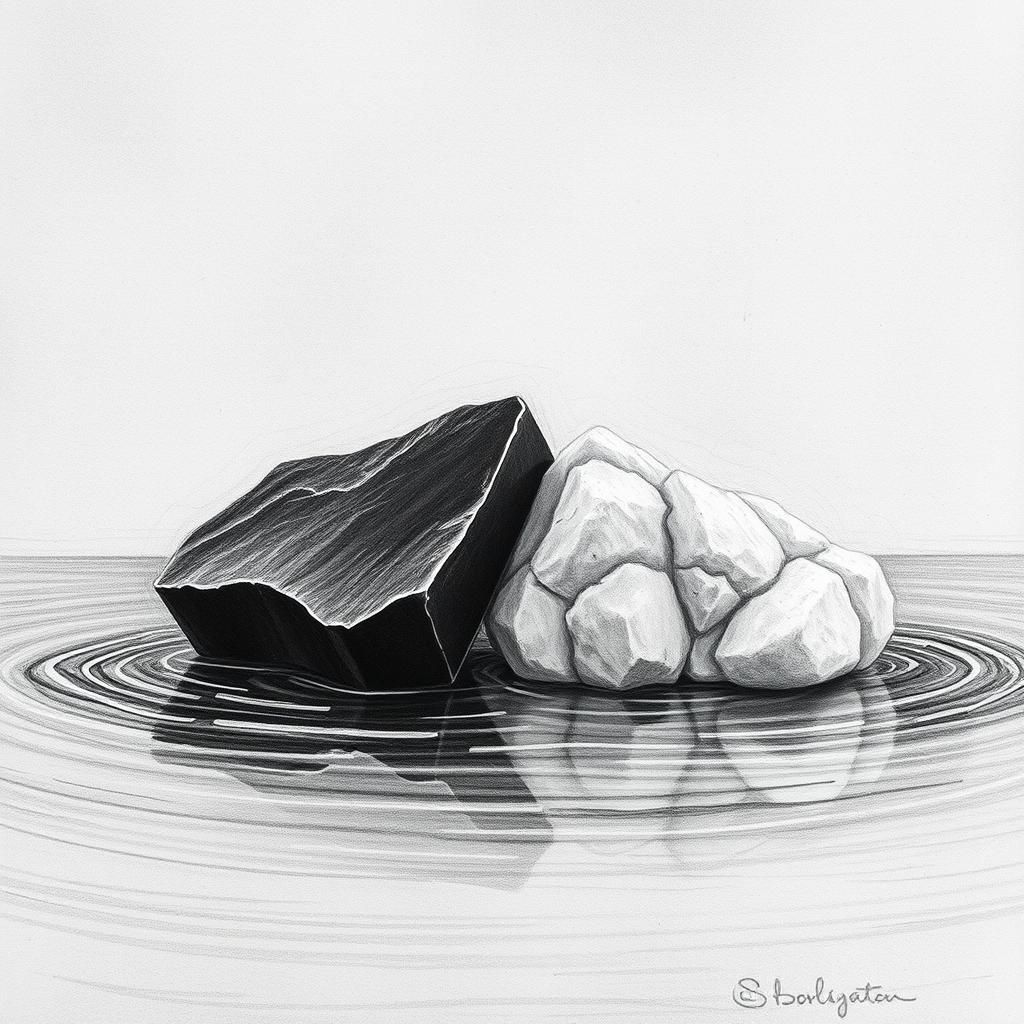
Obsidian and Pumice: Volcanic Glass and Lightweight Wonders
Picture molten lava spilling from a volcano, fiery and fluid — then suddenly cooling so fast it doesn’t have time to crystallize, freezing into a smooth, glassy surface. That’s obsidian, nature’s volcanic glass. Its shiny, mirror-like sheen conceals razor-sharp edges, which ancient artisans once prized as cutting tools sharper than steel knives. Running your fingers along an obsidian shard, you’d feel its slick, almost liquid surface, a testament to its lightning-fast birth from fiery chaos to solid stone.
Not far behind in volcanic story is pumice, almost the opposite of obsidian in texture. Imagine bubbles trapped in frothy lava as it cools and hardens — that’s pumice. Lightweight and porous, it’s so light it can float on water. Its rough, airy surface invites touch, reminding us of both fire and air locked inside. Historically, pumice graced Roman baths as a natural exfoliant — a gentle yet effective stone to smooth skin. Today, we find pumice woven into everything from lightweight concrete to eco-friendly beauty products, bridging ancient practice and modern innovation.
These two volcanic wonders offer a striking contrast: obsidian’s sleek sharpness balanced by pumice’s light, porous grace. Both born of the same fiery origins, yet each with its own story etched in texture and use — one cutting through materials, the other softening skin and building structures, carrying whispers of volcanic fury into our daily lives.
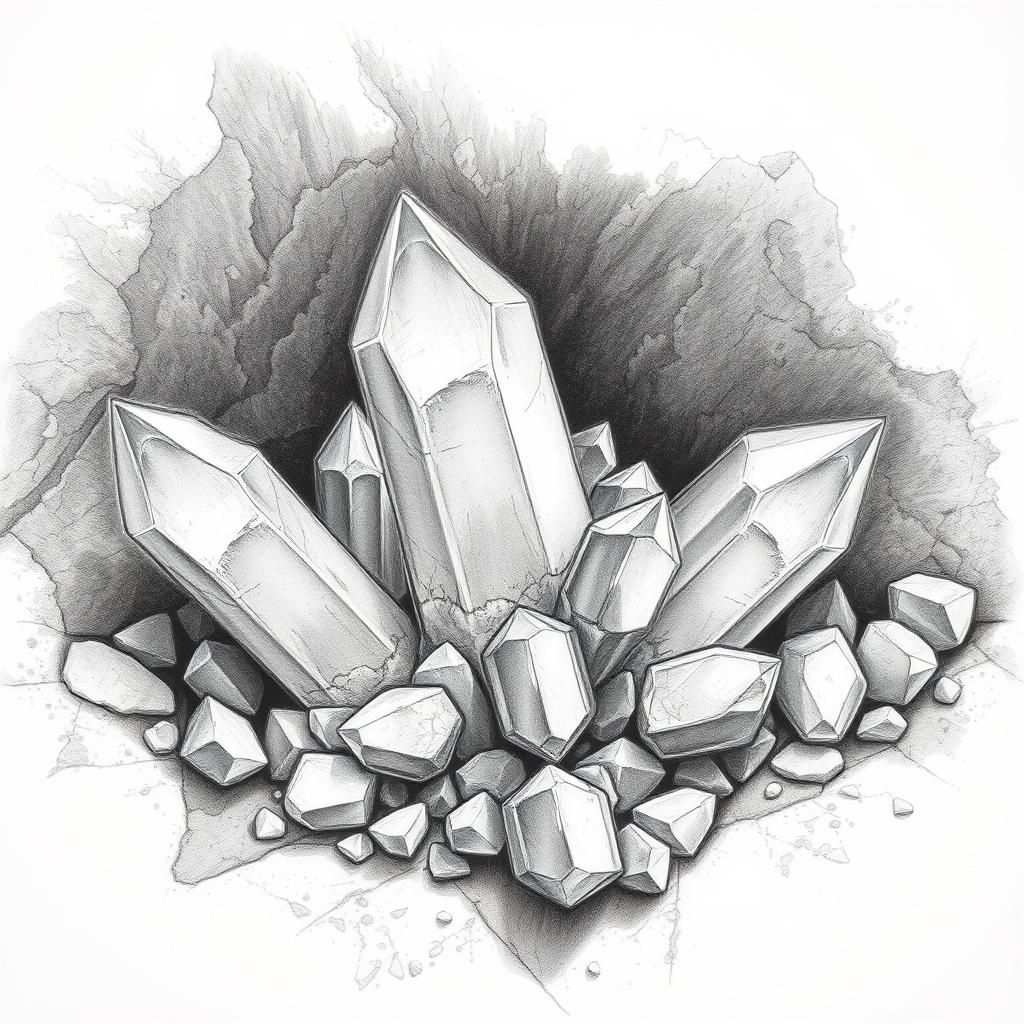
Quartz: The Versatile Mineral
Quartz is everywhere—literally under your feet and around you—because it’s one of the most abundant minerals in the Earth’s crust. Composed primarily of silicon and oxygen atoms locked in a sturdy crystalline structure, quartz forms in a variety of environments, from cool magma chambers to hot springs. Its hardness and resistance to weathering make it a reliable companion in shaping landscapes and structures alike.
Think of quartz as the ultimate multitasker. In jewelry, its clear and colorful varieties—like amethyst and rose quartz—catch light and eyes alike, carrying stories and meanings from cultures across the globe. Beyond beauty, quartz holds a quietly powerful place in technology: its precise vibrations help keep time in watches and stabilize frequencies in radios and computers. It even shows up in construction, where crushed quartz strengthens concrete and adds sparkle to countertops.
Quartz quietly bridges the ancient and the modern, the natural and the engineered. Its enduring presence is a reminder that some minerals, simple in composition but complex in use, continue to shape human life in ways we often overlook. The next time you glance at a shiny countertop or check your watch, you’re touching a story millions of years in the making—a story crafted from the very Earth itself.
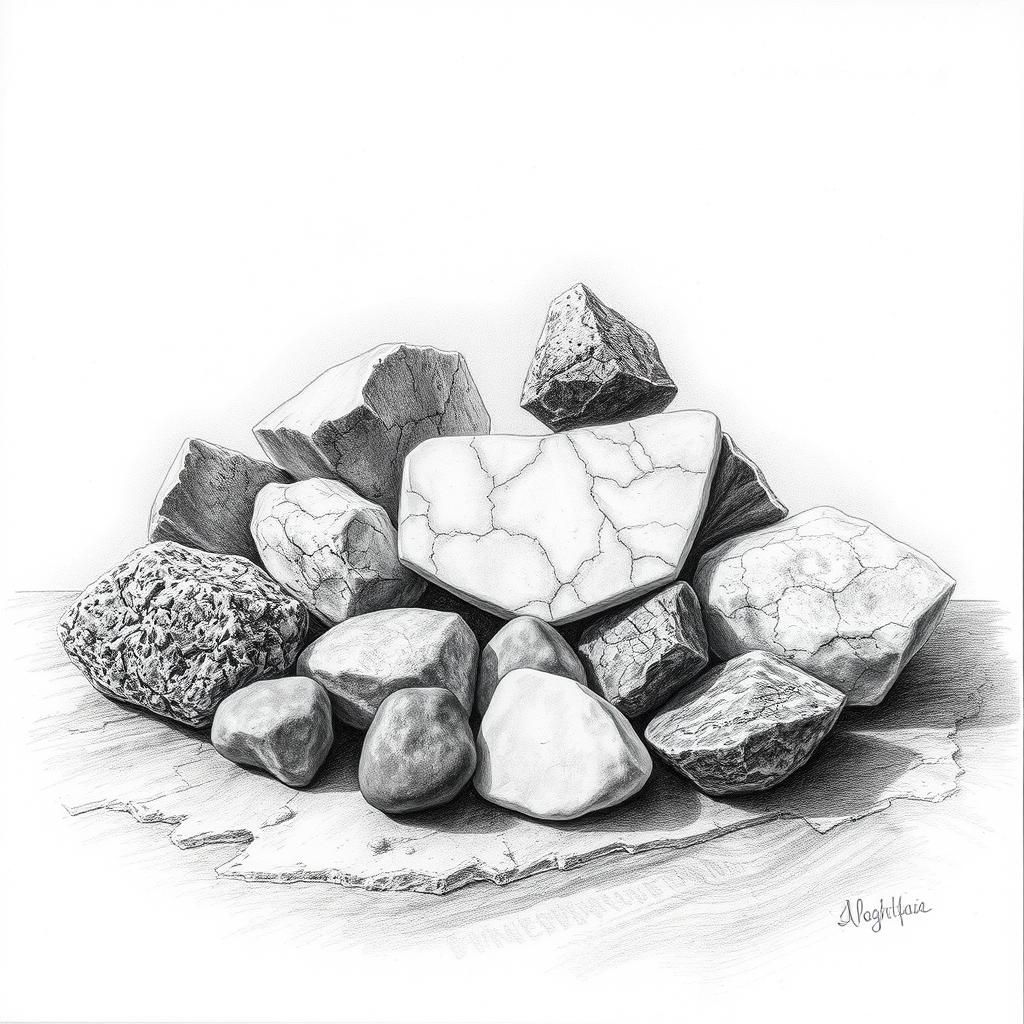
Conclusion
As we’ve journeyed through the world of rocks—from the solid strength of granite and basalt beneath our feet to the shimmering beauty of marble and quartz, and the volcanic wonders of obsidian and pumice—it’s clear that these stones are more than just Earth’s building blocks. Each rock carries its own story: shaped by time, heat, pressure, and elements, and woven into human history and culture in ways both practical and profound.
Rocks quietly sculpt the landscapes around us, influence the buildings we live and work in, and even inspire art and technology. They remind us of the dynamic planet we call home and the endless creativity sparked by natural materials. Next time you find a smooth pebble on a path or glimpse the gleam of polished stone in a city plaza, pause and consider the ancient tale it tells—one that stretches back millions of years and still speaks to us today.
So, whether you’re a curious wanderer or a dedicated rock hound, keep exploring. There’s a quiet wonder in these stones, waiting for anyone willing to look a little closer. The world of rocks is alive, textured, and endlessly fascinating—just like the Earth itself.
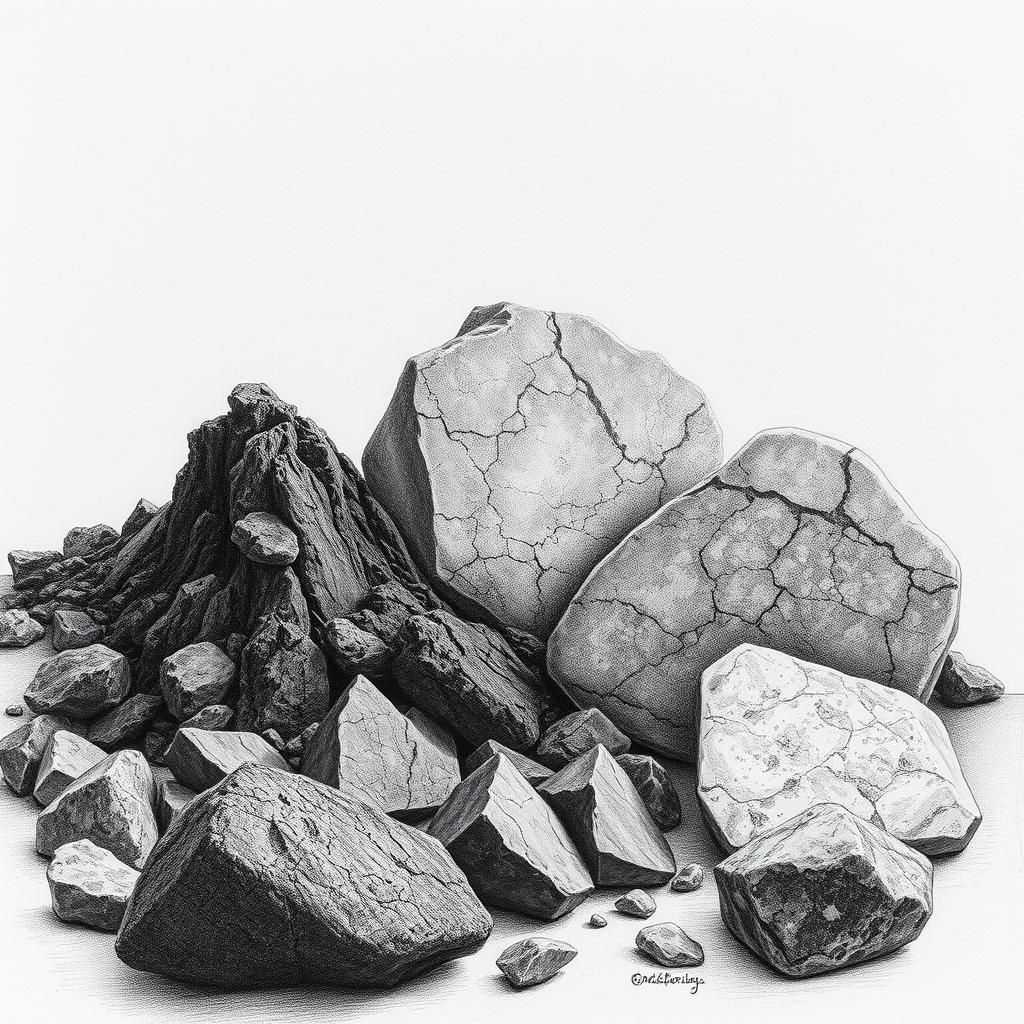
References and Additional Resources
If this journey through the world of rocks has sparked your curiosity, there’s plenty more to discover beyond these pages. For deeper dives into obsidian’s glassy wonders or pumice’s lightweight marvels, trusted sources like the United States Geological Survey (USGS) offer clear, accessible explanations that blend science with engaging visuals.
Museums with geological collections—like the American Museum of Natural History or the Natural History Museum in London—showcase remarkable specimens of granite, marble, and slate that you can almost feel beneath your fingertips. Many of these institutions also provide online exhibits if a trip isn’t on your horizon.
Nature lovers might consider visiting volcanic landscapes such as the Lava Beds National Monument in California or Iceland’s volcanic regions, where obsidian and pumice literally shape the terrain. Walking these sites can bring the textures and stories of these stones to life in a way no textbook can.
Whether through books, museums, or a wander in the great outdoors, every rock you encounter carries a tale—millions of years old, patiently waiting to be touched, seen, and appreciated anew.
Share to...
I hope you enjoy the content.
Want to receive our daily crossword puzzle or article? Subscribe!
You may also be interested in
Share to…
Want to receive our daily crossword puzzle?
-
Jigsaw Puzzles
Chinese Zodiac Rabbit Jigsaw Puzzle – Ink Art Series 250 | 300 | 500 Pieces
kr 348,00 – kr 439,00Price range: kr 348,00 through kr 439,00 Select options This product has multiple variants. The options may be chosen on the product page -
Jigsaw Puzzles
Rose-Tinted Dreams Floral Puzzle 250 | 300 | 500 Pieces
kr 348,00 – kr 439,00Price range: kr 348,00 through kr 439,00 Select options This product has multiple variants. The options may be chosen on the product page -
Jigsaw Puzzles
Fjord Elegance: Abstract Jigsaw Puzzle 250 | 300 | 500 Pieces
kr 348,00 – kr 439,00Price range: kr 348,00 through kr 439,00 Select options This product has multiple variants. The options may be chosen on the product page














